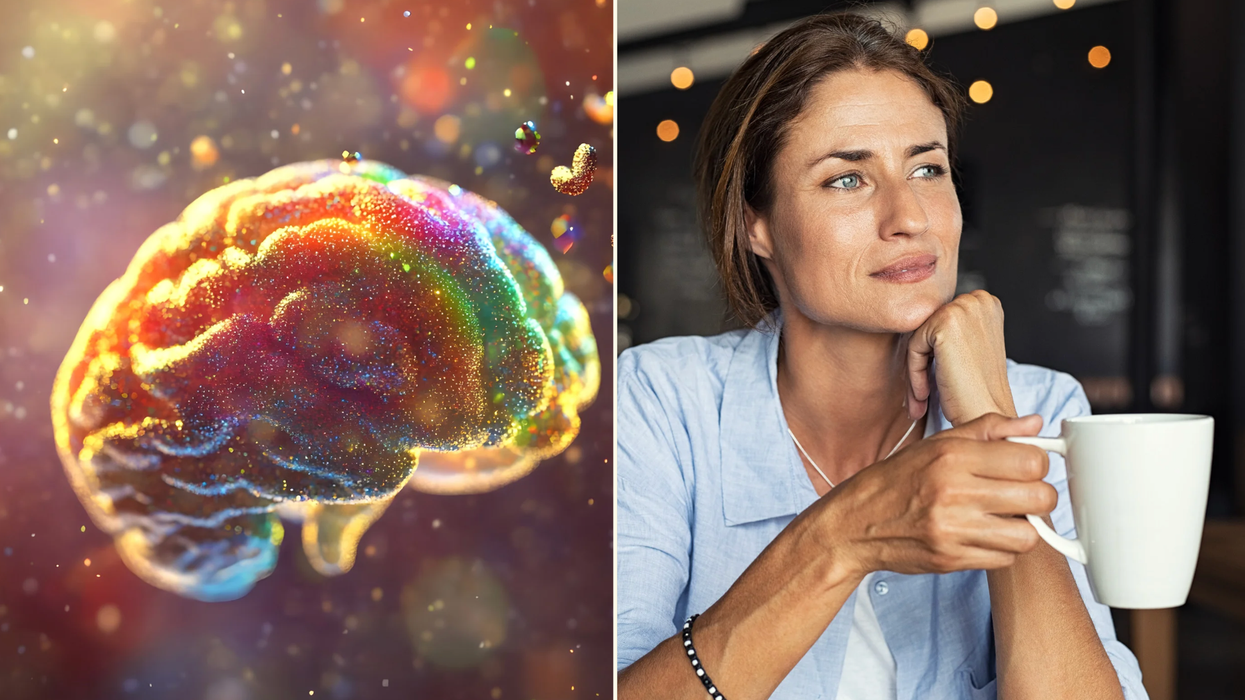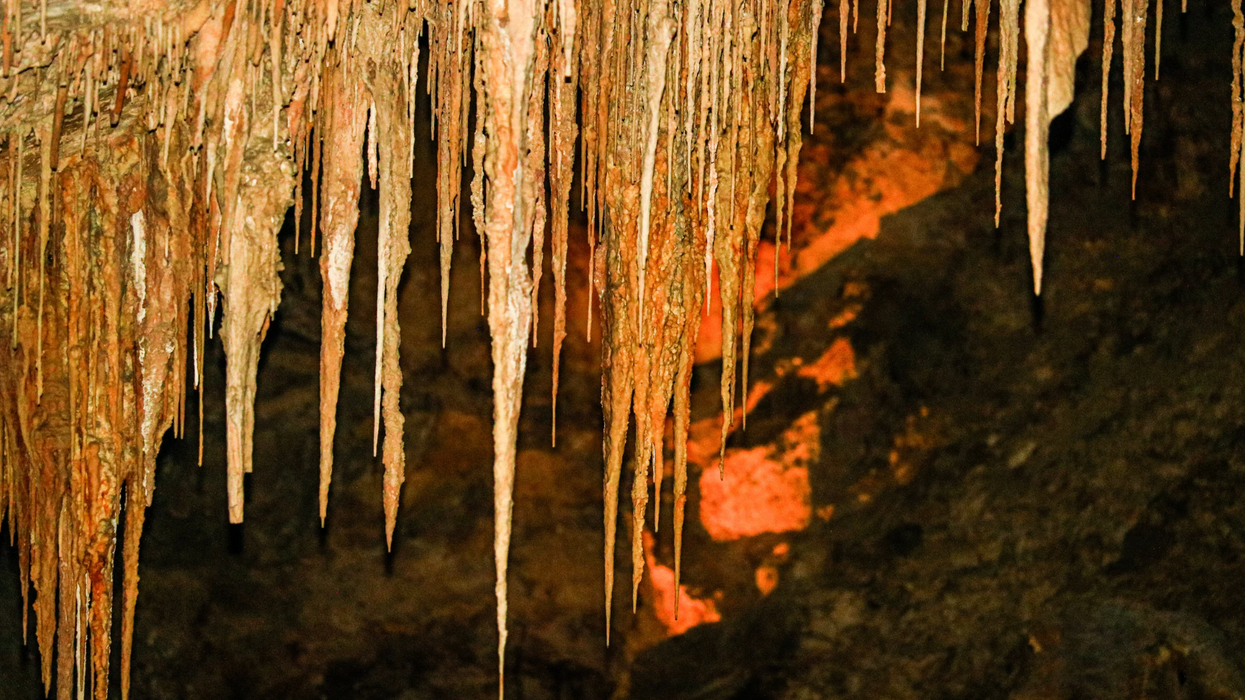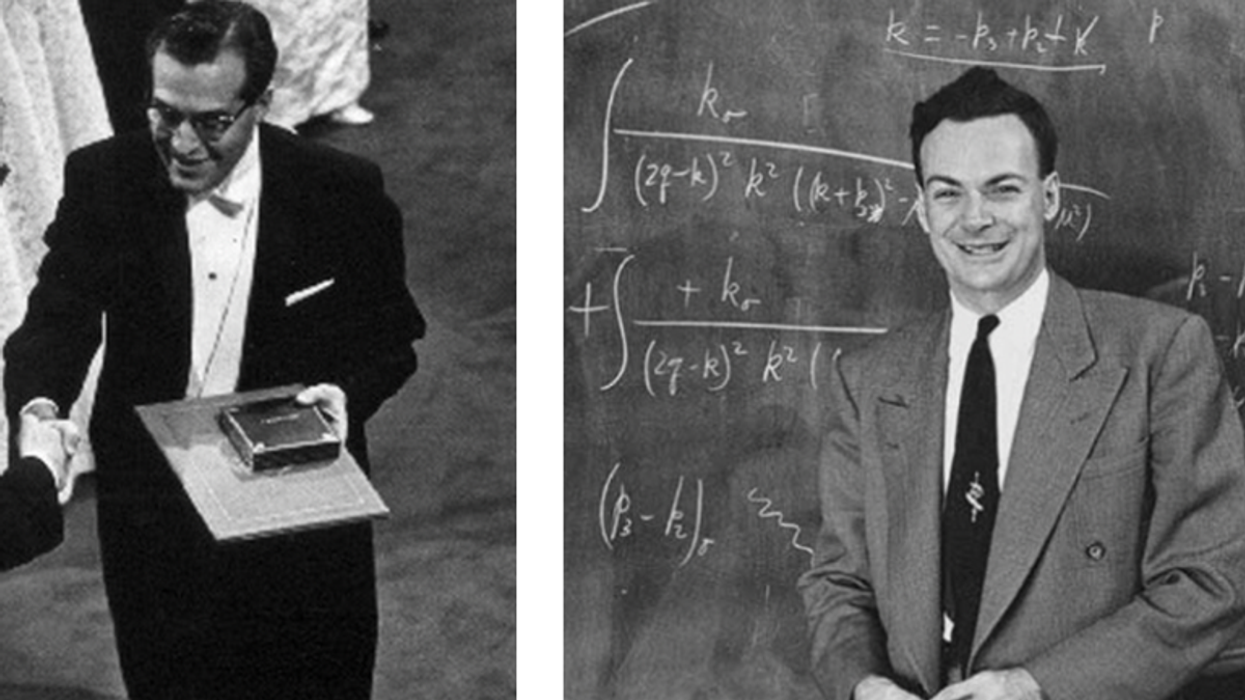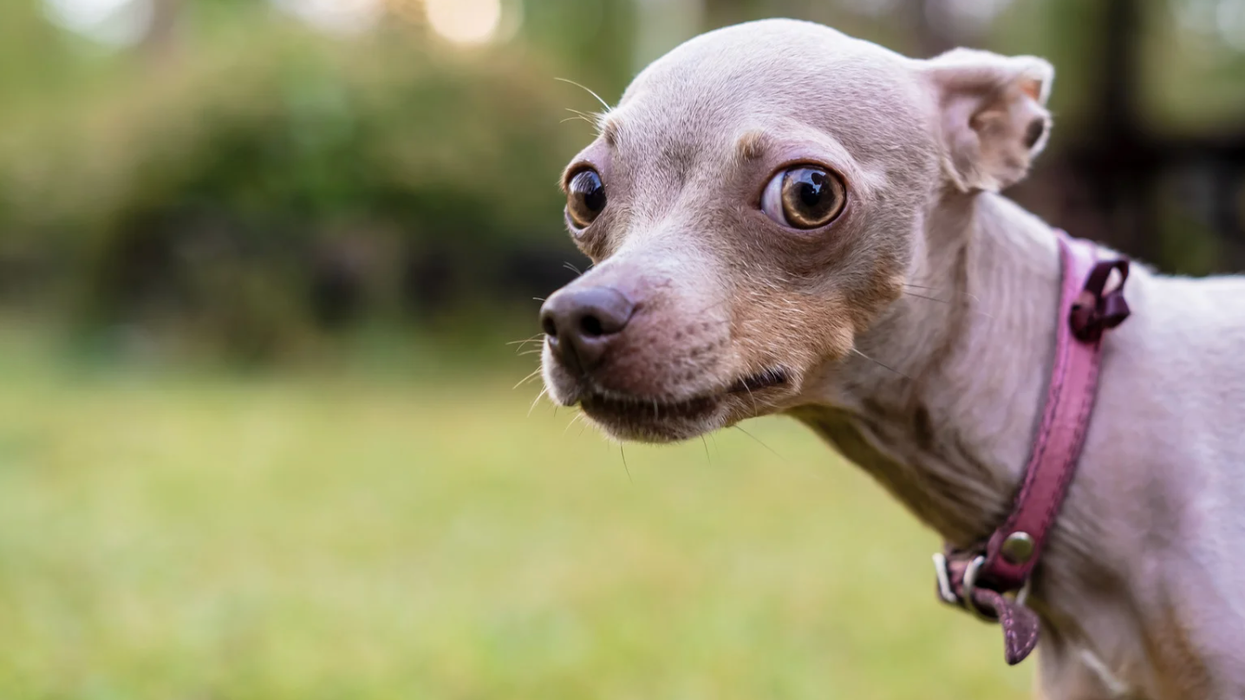Artist Uli Westphal has been working on his Mutato-Archive since 2006. It is, as he describes it: "a collection of non-standard fruits, roots, and vegetables found at Berlin's Farmers' Markets."
The incredible variety of colors, curves, and contours that Westphal documents offer their humble resistance to "the suppression of mutation and polymorphism in our industrial food system:"
The complete absence of botanical anomalies in our supermarkets has caused us to regard the consistency of produce presented there as natural. Produce has become a highly designed, monotonous product. We have forgotten, and in many cases never experienced, the way fruits, roots, and vegetables can actually look (and taste). The Mutato-Project serves to document, preserve and promote these last remainders of agricultural diversity.
Westphal's photos also ask us to think about how we perceive and classify food. As I describe over at Edible Geography, although human taste and smell evolved to evaluate our edible environment, our sensory cognition is largely dominated by sight.
In fact, various studies have demonstrated the ways in which taste perception can be distorted by visual cues, with professional wine critics led astray by drops of Mega Purple in a Chardonnay and diners sickened when their steak was revealed to be dyed blue. No matter how deformed Westphal’s tomatoes are, cut up in a salad, they would undoubtedly taste as much (or more) like a tomato as their spherical supermarket peers. But, if served whole, would their irregular shapes, colours, and textures affect our perception of their taste?
For more of Westphal's stunning Mutato portraits, you can visit his website (where you can also buy a print), and for more on the way European Union fruit and vegetable standards and the requirements of the industrial food system shape our produce aesthetics, check out my longer piece at Edible Geography.
Photo by Uli Westphal; thanks to PSFK for the link.
















 Otis knew before they did.
Otis knew before they did.